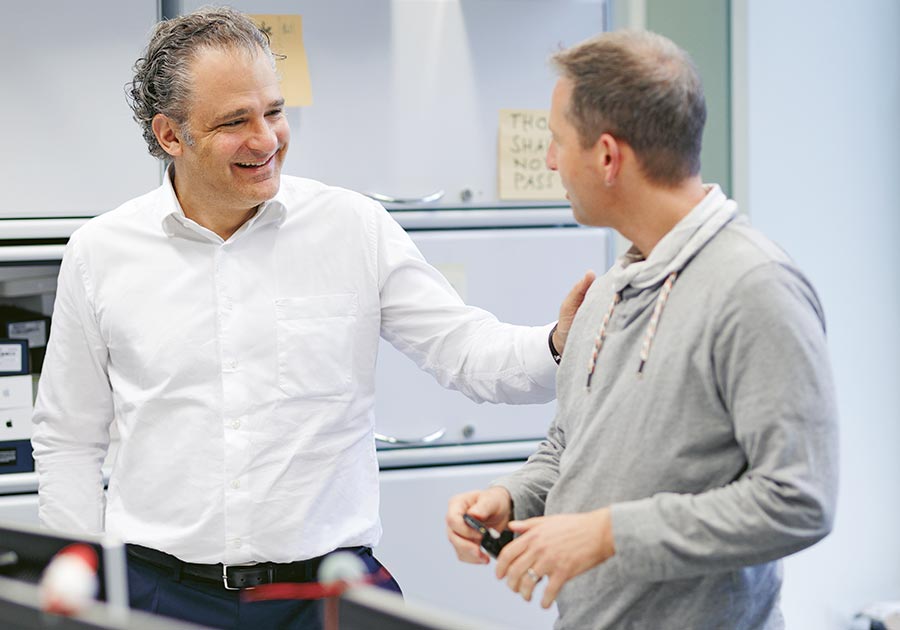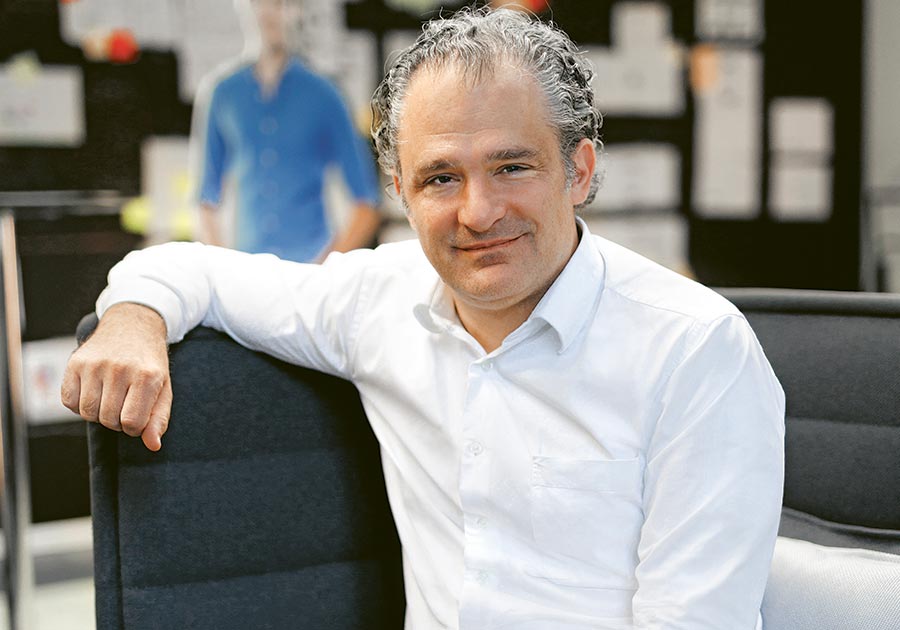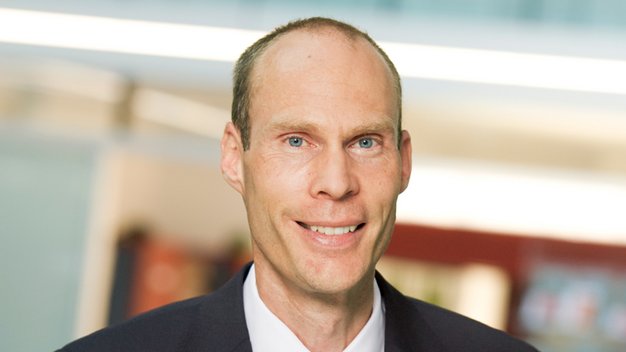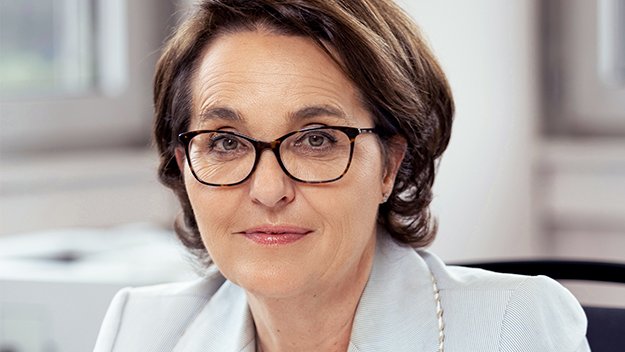Andreas Kubli has been bringing a breath of fresh air to UBS ever since he joined the company in 2013. As Head of Multichannel Management & Digitization, he’s put together numerous channels and launched an array of new products for the bank.
An example: the Paymit mobile payment solution, which was integrated into the Twint app in 2016. Other achievements of his team include the Access app and the SumUp card terminal. The app enables customers to conduct banking transactions simply and securely via their mobile phone or computer. Any gadgets necessary for further identification are now a thing of the past. SumUp, on the other hand, is designed for SMEs and start-ups and allows their customers to pay easily with credit
or debit cards.
“The desire for a human touch will always be there.”
“The digital route has become tremendously important,” the 49-year-old tells ceo magazine. Five years ago, things were quite different. Today, though, customers are making increased use of mobile banking, e-banking, Twint and other digital offerings. “Last year, for the first time, we registered 100 million logins from our customers.” In addition to this “clear shift to digital channels”, Kubli also points out the fact that Mr and Mrs Swiss are increasingly doing their banking business via smartphones. “All in all, the number of mobile-only users has increased by almost 60 per cent alone in the past year.” In other words, 40 per cent of all active UBS Mobile Banking clients now use only the app on their smartphone to handle their digital banking transactions.
Digital payments
That the bank is becoming increasingly digital is something Kubli also sees in the ways it communicates with clients and goes about processing payment transactions. “Today, more than 60 per cent of our customers already receive their bank documents electronically,” explains the Zurich urbanite. In addition to providing convenience for customers, the switch to e-documents also increases the bank’s efficiency. “In the past, we sent on average more than 100 pages of paper per year and customer in some 30 envelopes. With 2.5 million customers, those were tons of documents and countless trees that can now be saved.
Meanwhile, the payment transactions of UBS clients are now conducted almost exclusively via digital channels such as e-banking, mobile banking or Multimat machines at the branches. “Today, less than 1 per cent of all payment orders are still submitted at the counter, by letter, fax or e-mail,” says Andreas Kubli.
The payment app Twint now has one million activated users, and roughly 400,000 of them use the app at least once a month. “That’s quite a respectable number,” digital aficionado Kubli is pleased to say.







